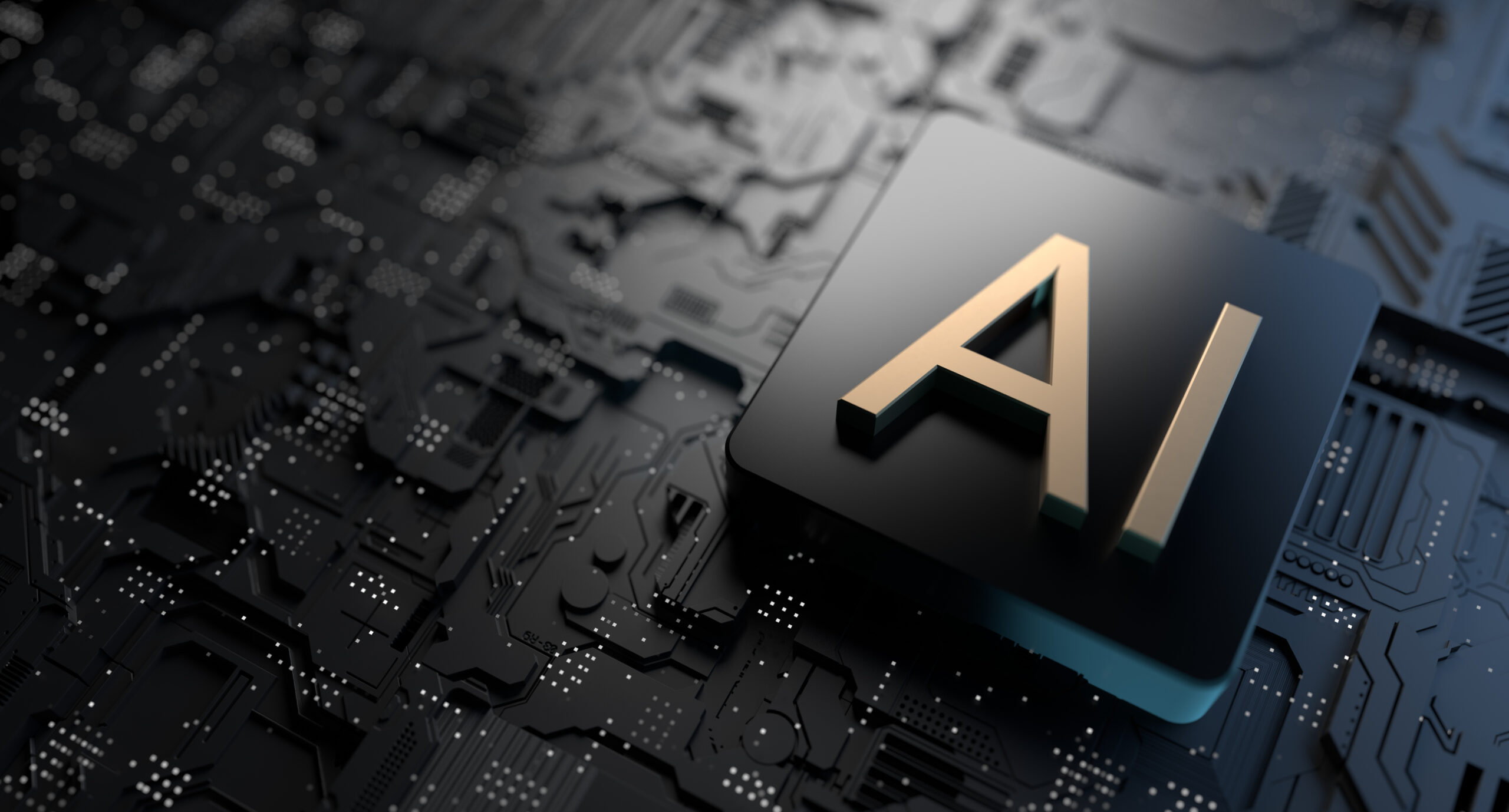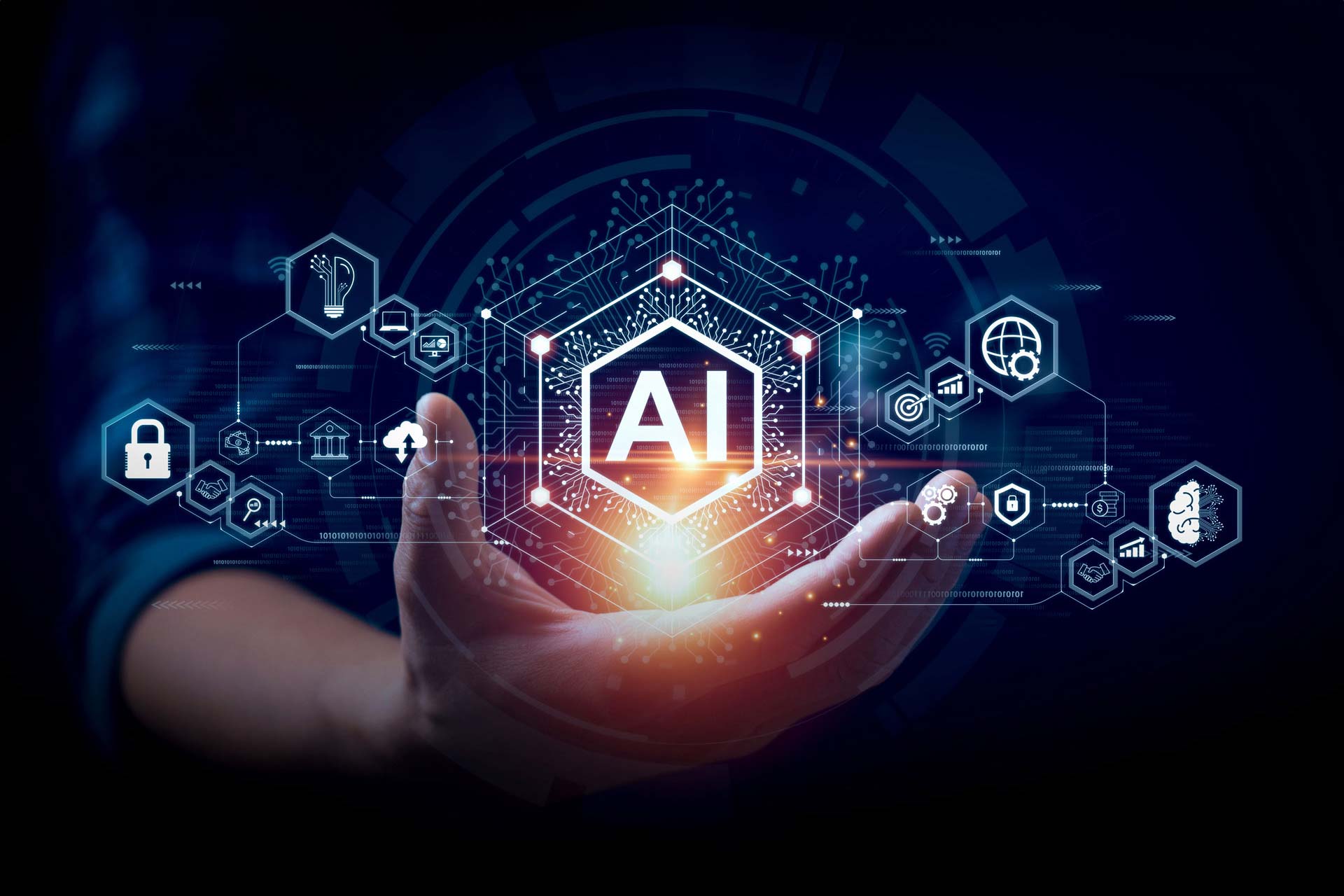As artificial intelligence becomes increasingly integrated into various aspects of our lives in the digital realm, distinguishing between reality and virtuality is becoming more challenging. Determining whether numerous images, particularly those on social media, are generated by artificial intelligence or not has become exceedingly difficult. While certain types of software aim to aid in discerning the origin of images, the ongoing advancement of artificial intelligence contributes to growing apprehension surrounding this issue.
The rapid influx of information on social media, driven by technological advancements, frequently blurs the line between what is real and what is fake. This becomes much more difficult with the introduction of artificial intelligence. Artificial intelligence tools like MidJourney, DALL-E, and Stable Diffusion, which produce lifelike results, enable the effortless creation of desired images across various scenarios. Yet, this convenience also amplifies the proliferation of images and videos created in realistic scenarios, known as deepfakes. In today’s world, where fake images can closely resemble the real thing, there are certain methods to discern between what is authentic and what is fabricated. For example, AI or Not can distinguish between images produced by Stable Diffusion, MidJourney or DALL-E. Thus, the app can swiftly determine whether the uploaded image was generated using artificial intelligence, providing an output within seconds. The tool, boasting a 95 percent accuracy rate, can also promptly verify through the bot on its Telegram account. Hive Moderation is also highly proficient at discerning whether an image is generated by artificial intelligence. The most remarkable thing about Hive Moderation is the newly launched web extension. This web extension significantly reduces the time needed to ascertain whether images are generated by artificial intelligence.
Meta Tags Images That Are AI Products
With these advancements, the development of new solutions to combat disinformation on social media is also rapidly gaining momentum. For instance, Meta labels images created by content creators with the Meta AI app as “Made by Meta AI” on Instagram. Reportedly, Meta is contemplating collaborations to facilitate the incorporation of responsible uses of artificial intelligence into other platforms. This is because such content is pervasive across the Internet, and crossing platforms is not a challenging feat. That’s why Meta endeavors to establish common standards through forums like the Partnership for Artificial Intelligence (PAI). If these standards are adopted, content produced by companies like Google, Midjourney, Adobe, etc., will also be capable of having hidden watermarks and metadata.

Simple Methods for Identifying the Real and the Virtual
Individuals can easily differentiate AI-generated images using simple methods. One of these methods is to look carefully at the text in the image, because there is often a lack of meaning in the texts in artificial intelligence-based visuals. This is a helpful element in determining whether the image is real or not. You can also spot AI-generated content by examining for smooth areas in the image. If certain parts of the image appear blurry while others seem smoother than expected, it’s wise to be skeptical. Another important consideration is clothing and accessories. Depicting people in settings unrelated to their expertise or typical appearance is another indicator of AI-generated images. Because AI isn’t proficient in crafting textual content, it also struggles with generating logos and crests effectively. Clues such as an accessory appearing different from its actual form or a person depicted with an unusual item can indicate AI-generated content.
Watermarks under or within the content of images serve as another method of detection. For example, the images produced by the DALL-E tool have a colorful watermark underneath.
Reverse Image Search
You can also utilize reverse image search on platforms like Google and Yandex to find news and content where images are analyzed by fact-checkers, serving as a classical method of verification. Images in some news items can be verified in this way. A recent example highlights that photos shared on social media purporting to be from the April 22 accident at the M5 metro line Fistikagaci Station in Istanbul were found to be inaccurate. Teyit.org conducted an analysis and revealed that the images were from 2018. As you can see, it’s possible to ascertain both whether an image was generated by artificial intelligence and when the photo was originally used.
Any detail that appears unnatural or out of place in the flow of life can provide a clue as to whether an image was produced using artificial intelligence. However, it’s a fact that outputs such as images, videos, etc., produced using artificial intelligence are steadily progressing towards perfection…


